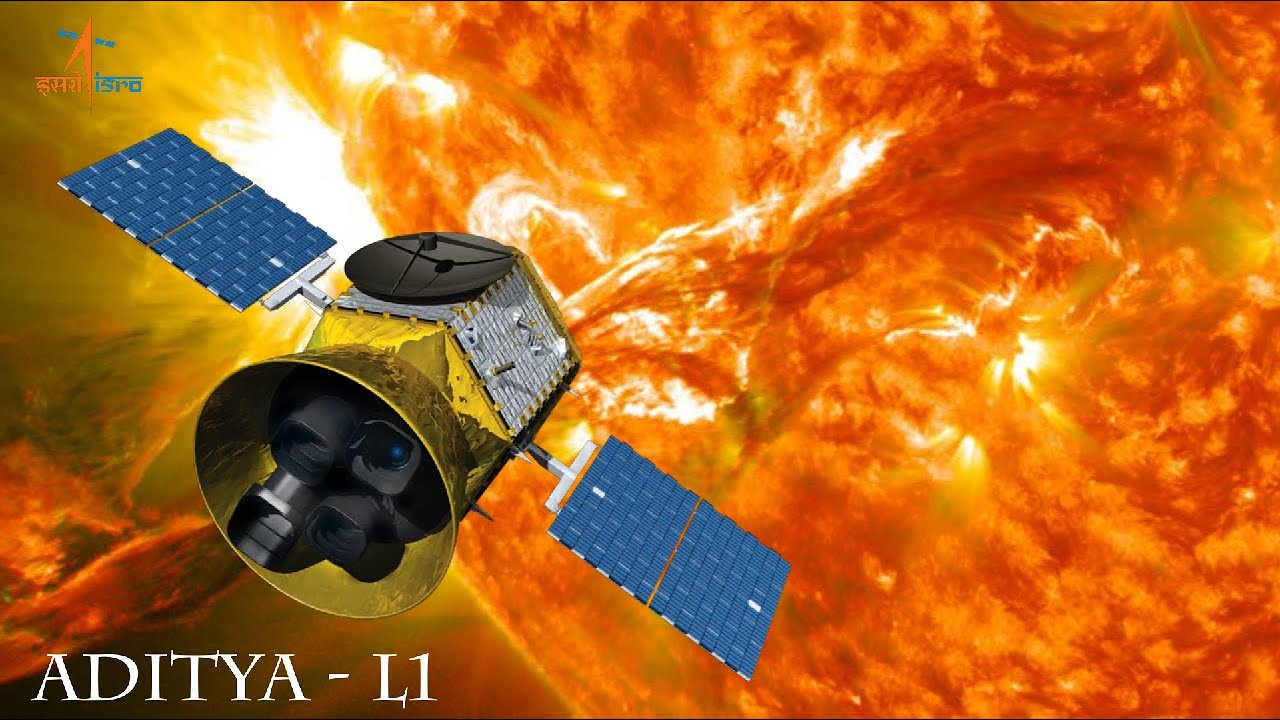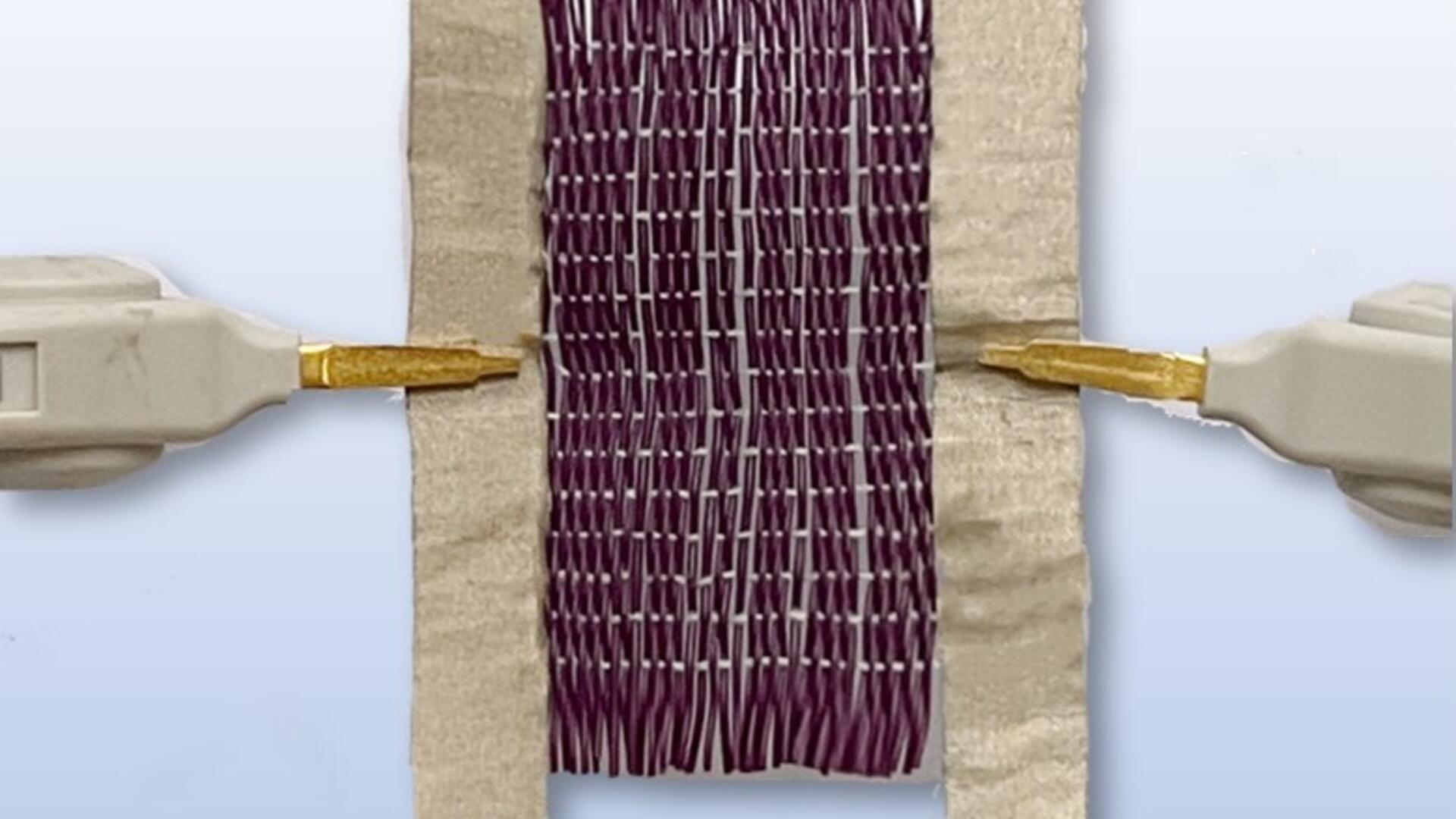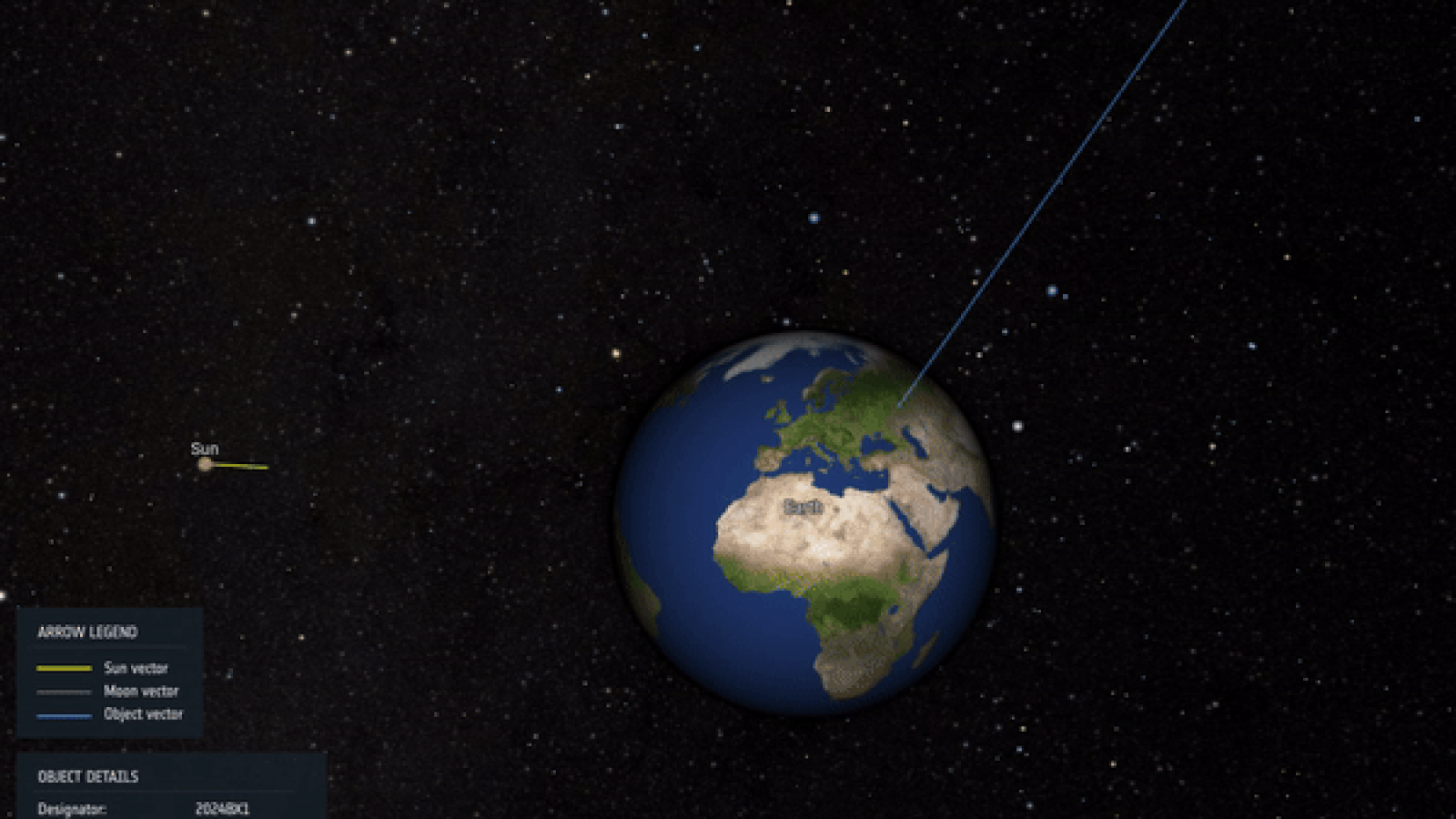The Indian Space Research Organisation (ISRO) has announced the preparedness of India’s inaugural space-based solar observatory, the PSLV-C57/Aditya-L1 Mission, which is poised for launch. This heralds a significant milestone in India’s space exploration endeavors.
The mission’s primary objective is to deepen our comprehension of solar dynamics and space weather, potentially leading to groundbreaking insights.
Scheduled for August 26, ISRO plans to launch the mission utilizing a PSLV-XL rocket. As the launch date approaches, satellite images have been unveiled by ISRO. The satellite has been transported from Bengaluru to the Sathish Dhawan Space Centre in Sriharikota.
Aditya-L1: Unveiling Solar Secrets from a Strategic Orbit
Named after the Sun’s core, Aditya-L1 will be positioned in orbit around Lagrange point 1 (L1) within the Sun-Earth system, approximately 1.5 million kilometers away from Earth. This strategic location will enable continuous solar observation without interference from eclipses or occultation.
Scientists will study solar activities and their influence on space weather in real-time. The journey from launch to L1 is anticipated to take around four months for Aditya-L1.
Unveiling Solar Secrets: Aditya-L1’s Multi-Payload Observations and Essential Data Collection
Furnished with seven payloads, the spacecraft will meticulously observe the Sun’s photosphere, chromosphere, and outermost layers. Various detectors within these payloads will gather vital data through electromagnetic, particle, and magnetic field measurements.
This dataset is pivotal for comprehending phenomena such as coronal heating, coronal mass ejections, solar flares, and other intricate solar events.






